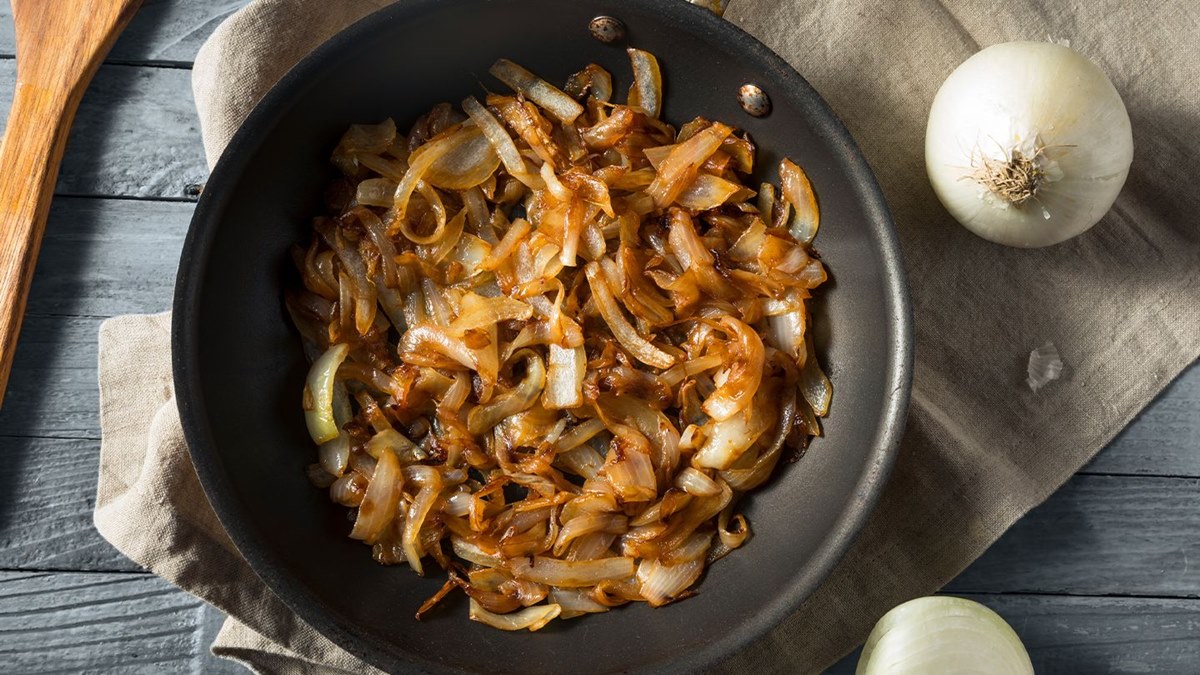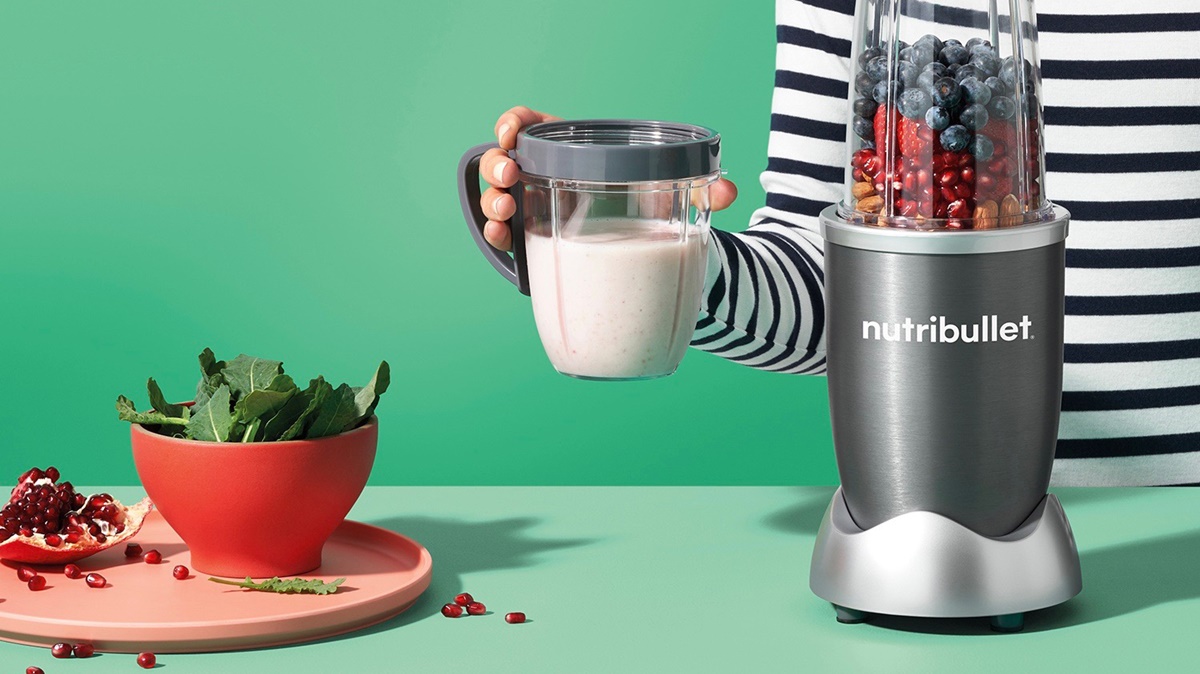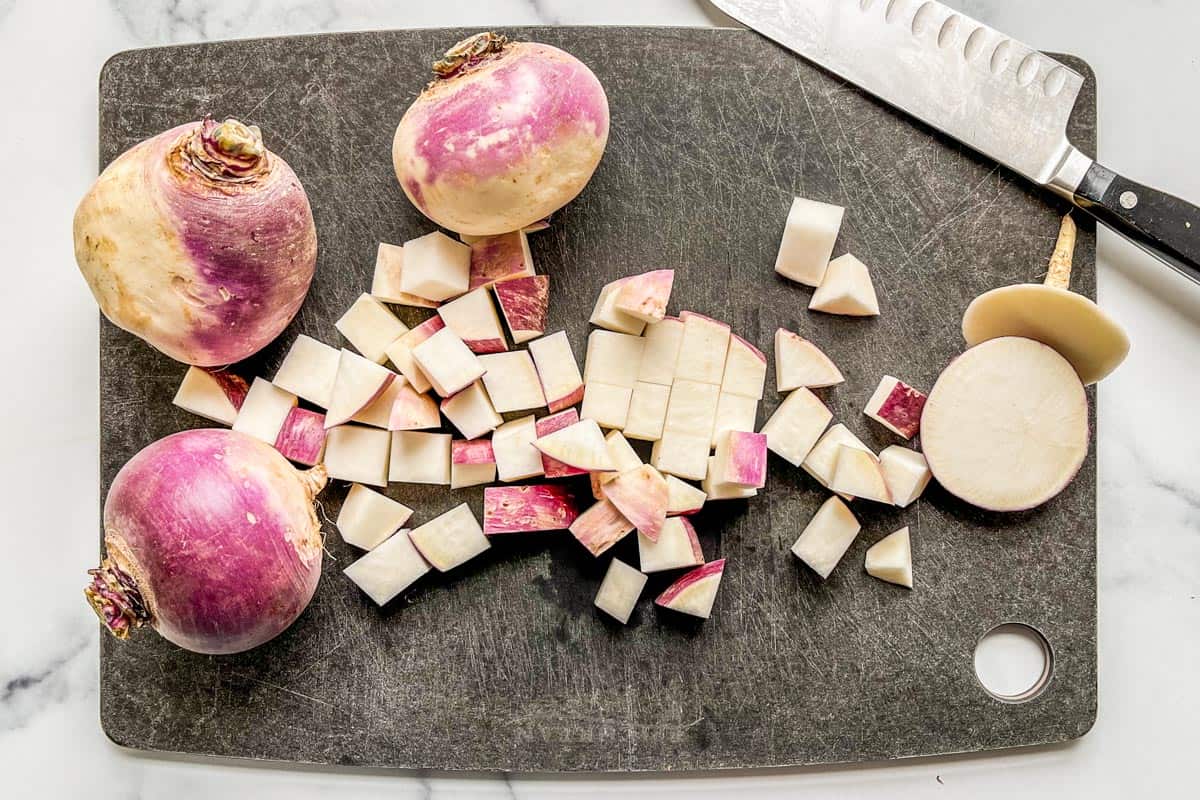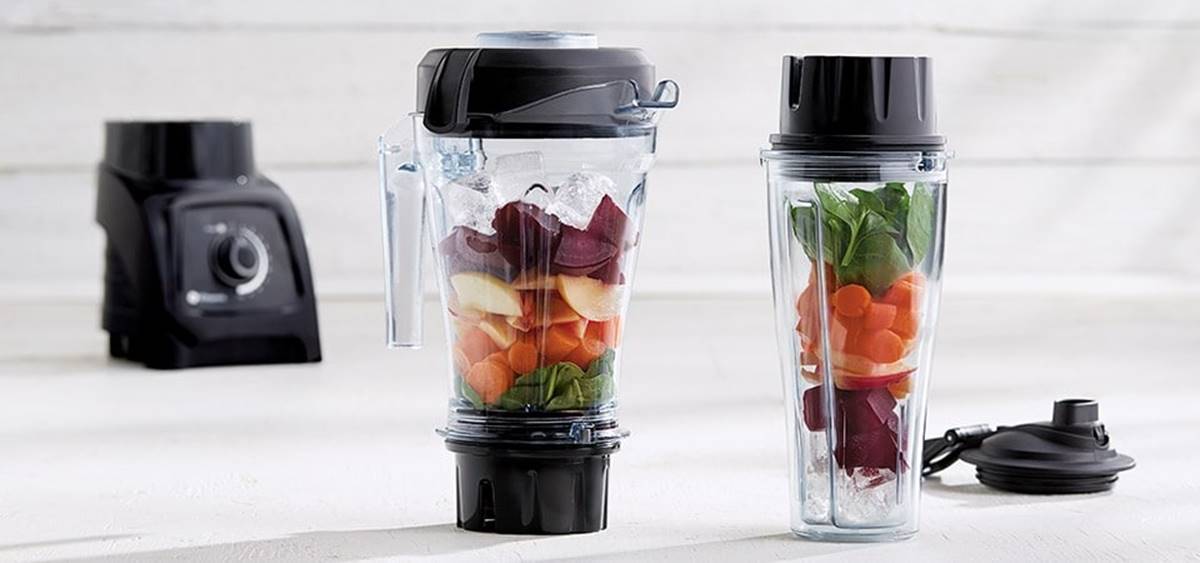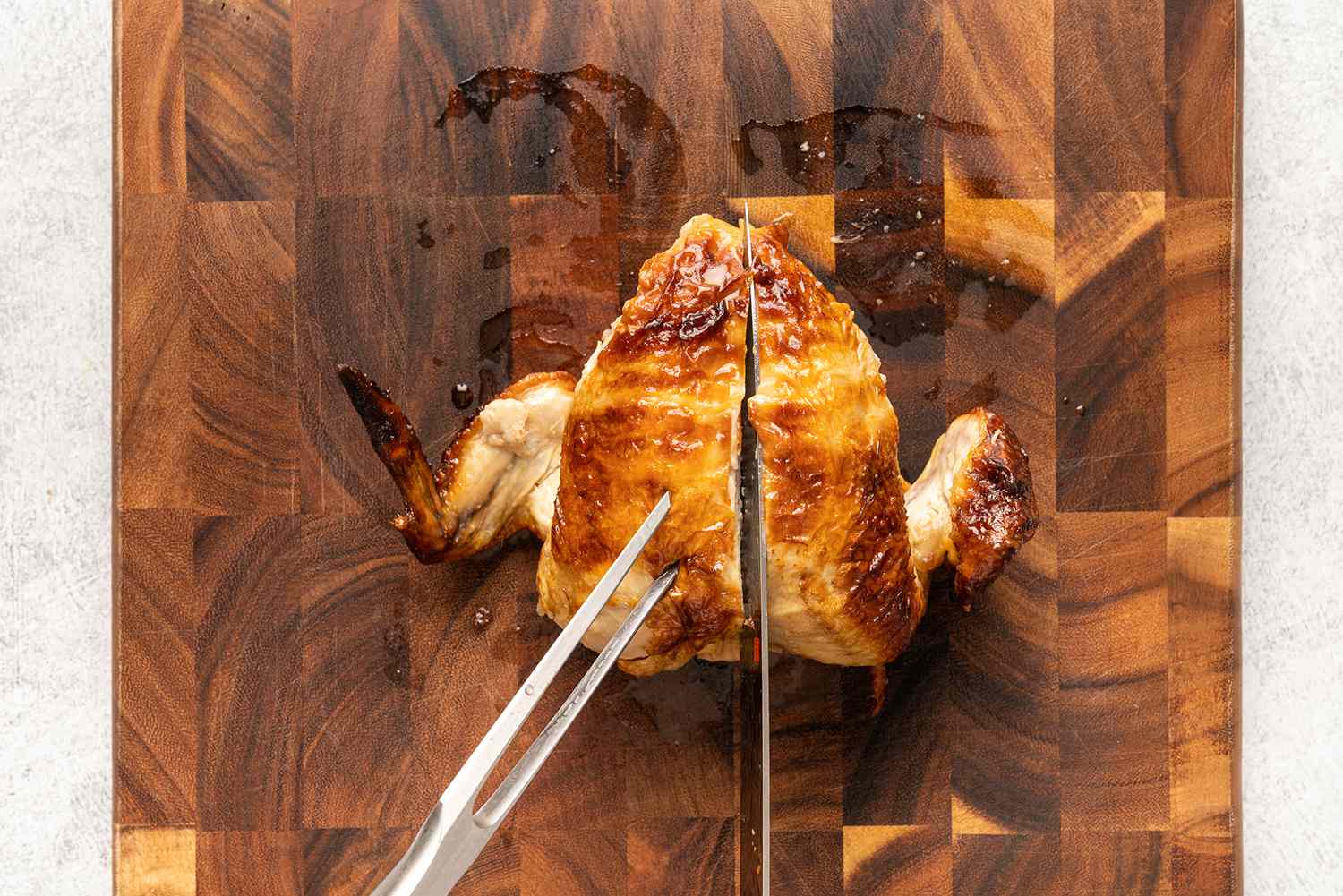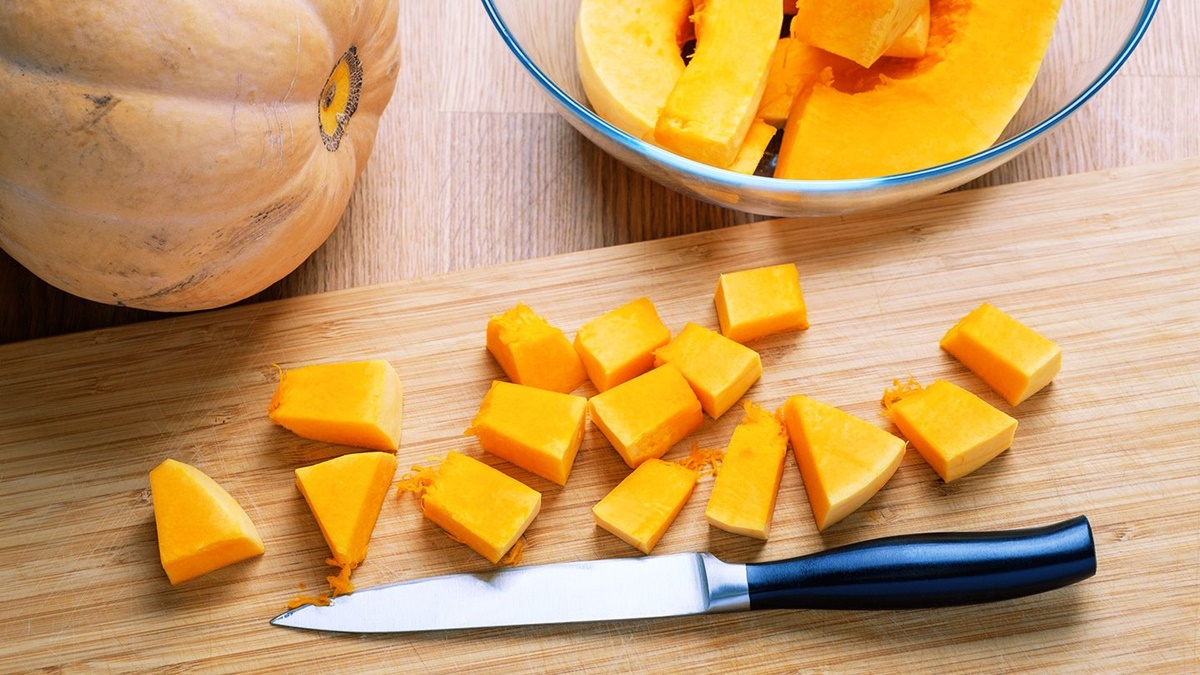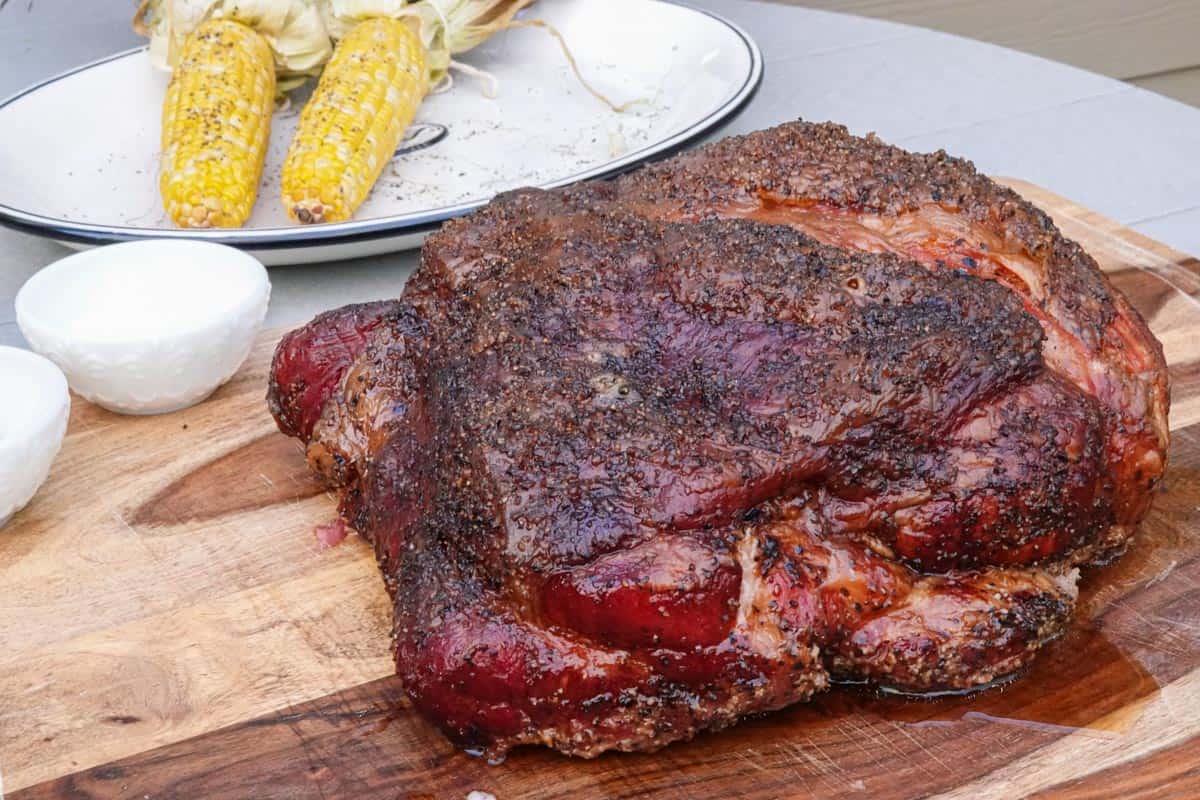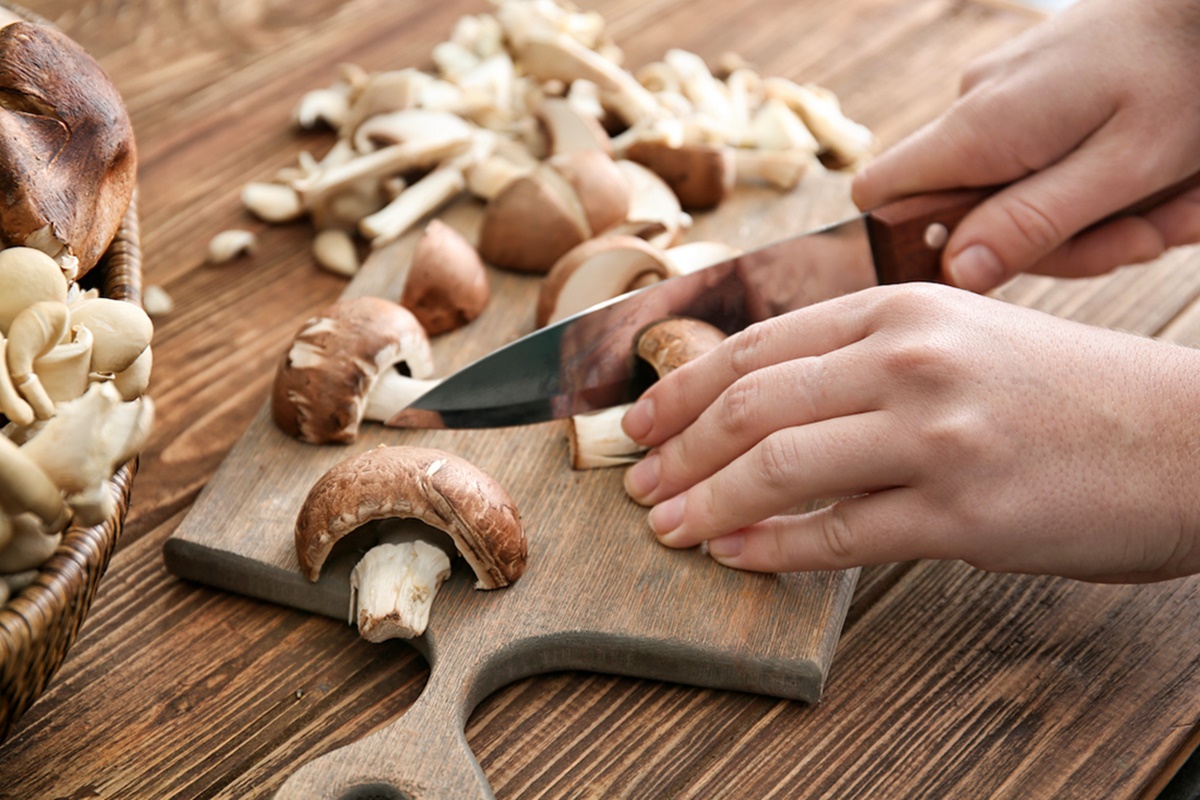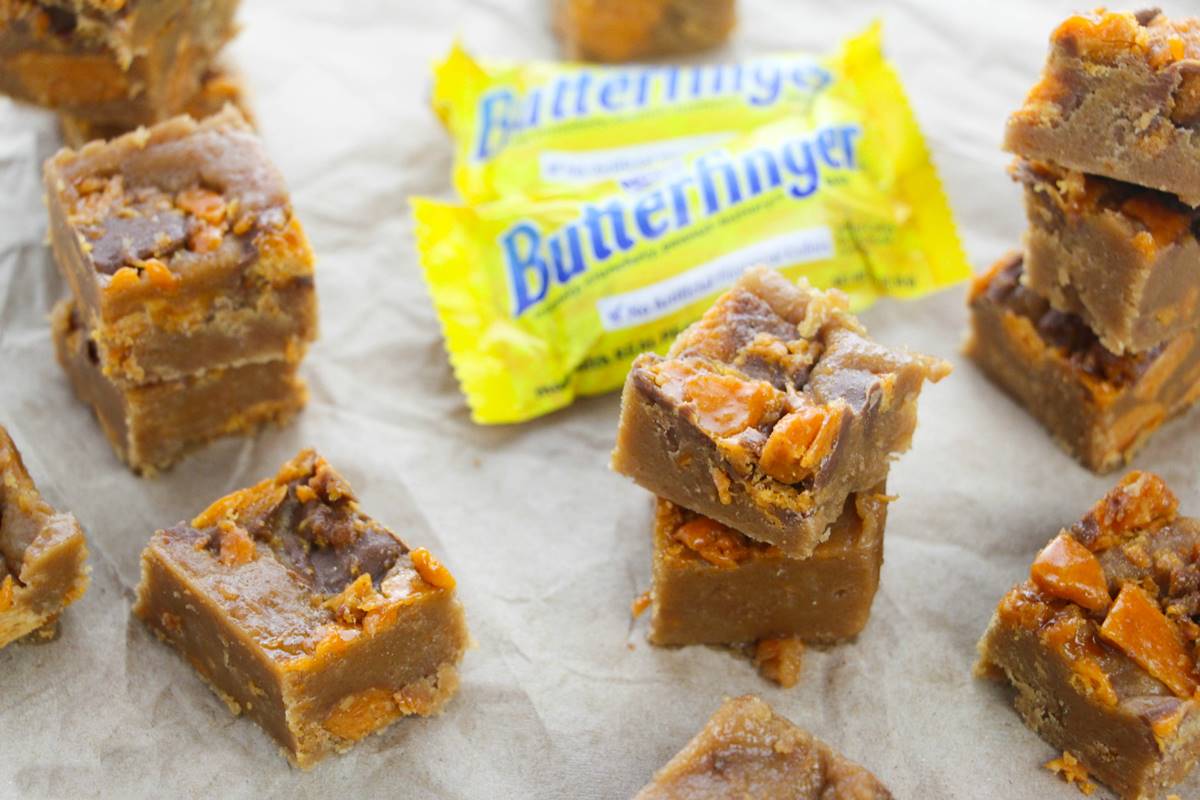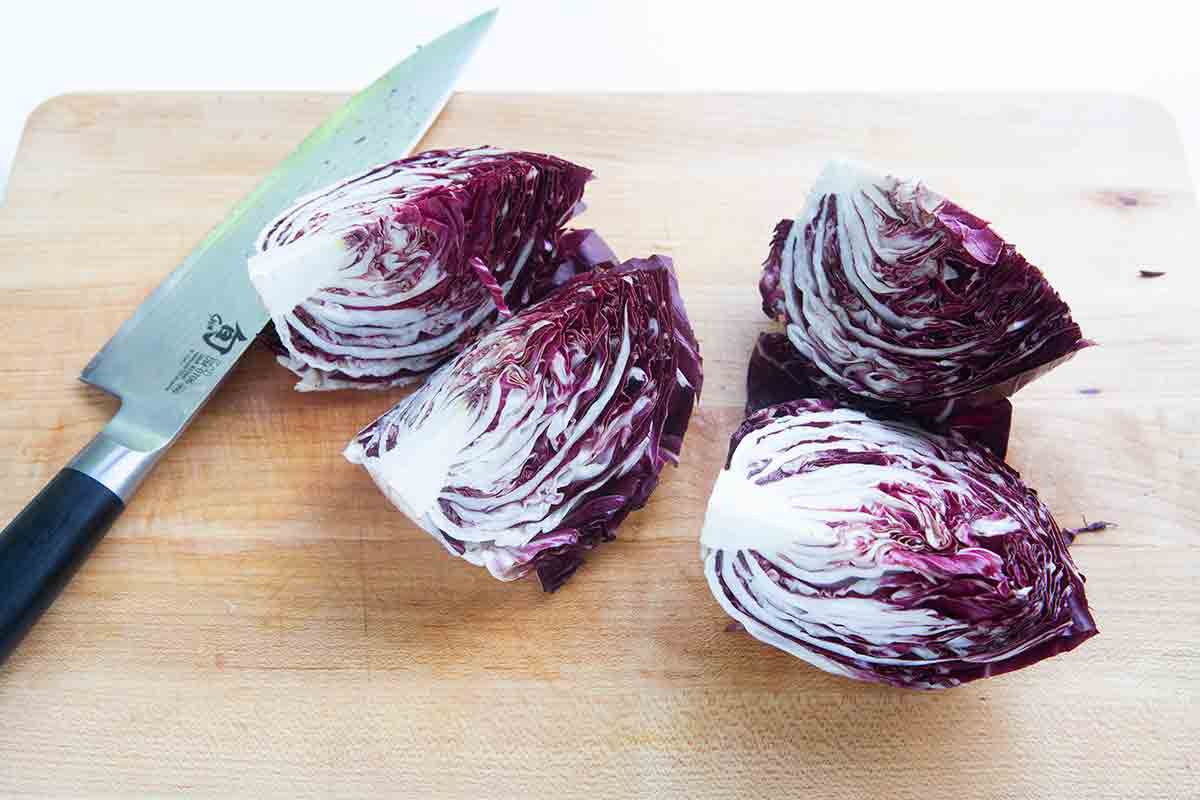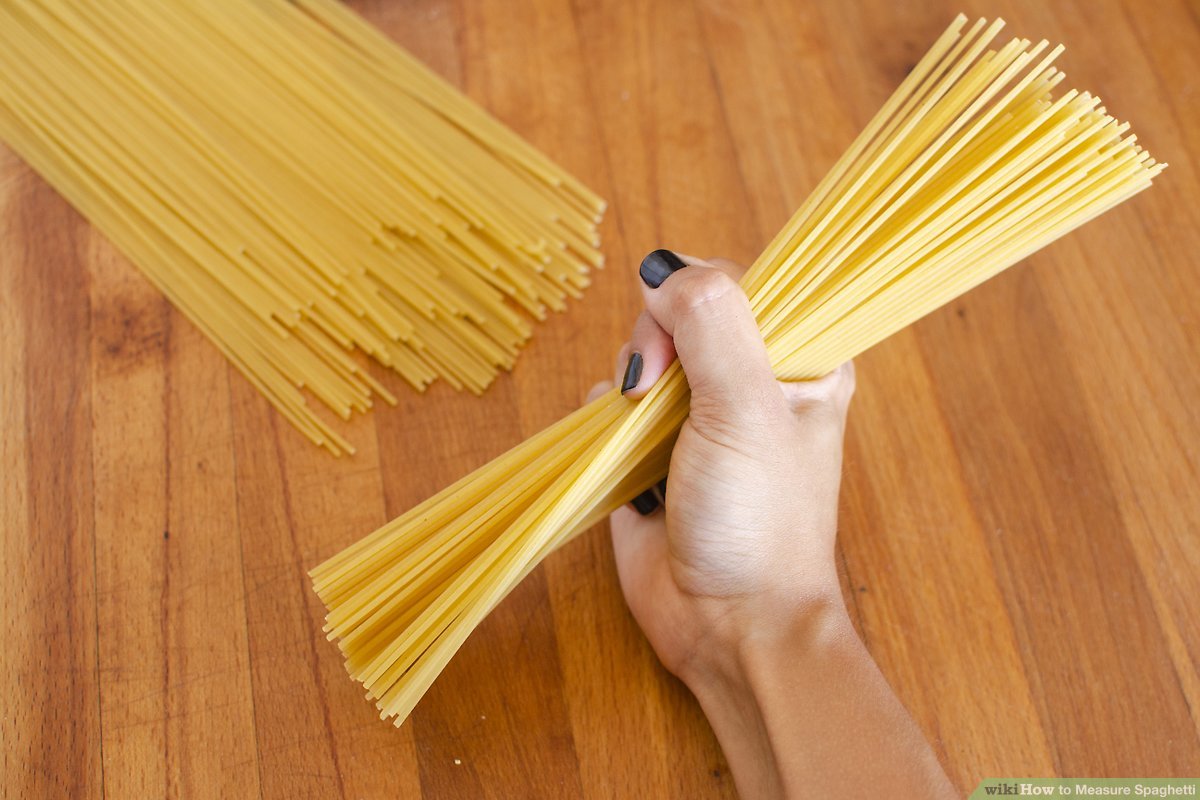How To Chop Vegetables For A Chopped Salad?
Preparing a delicious chopped salad begins with the art of chopping vegetables. The way you chop your vegetables not only contributes to the aesthetics of your salad but also affects the overall flavor and texture. In this article, we will guide you through the process of chopping vegetables for a mouthwatering chopped salad.
Gather Your Ingredients
Before you start chopping away, make sure you have all your ingredients ready. For a traditional chopped salad, you will need:
- Crisp lettuce leaves
- Crisp cucumber
- Colorful bell peppers
- Red onions
- Juicy tomatoes
- Crunchy carrots
- Sharp cheddar cheese
- Tangy olives
- Tasty protein (grilled chicken, tofu, or beans)
Cutting Techniques
Now that you have your ingredients ready, it’s time to master the art of chopping. Here are a few cutting techniques that will help enhance the flavors and appearance of your chopped salad:
1. Julienne
Julienned vegetables add a touch of elegance to any salad. To julienne, cut your vegetables into thin, matchstick-like strips. Start by slicing your vegetables into long, thin slices, and then stack several slices on top of each other. Finally, cut across the slices into thin strips. This technique works well for carrots, bell peppers, and cucumbers.
2. Dicing
Diced vegetables provide a balanced bite in every mouthful. To dice, cut your vegetables into small, uniform cubes. Start by cutting your vegetables into long, thin slices, then stack the slices and cut them into matchsticks. Finally, rotate the matchsticks and cut them into small cubes. Diced tomatoes, onions, and bell peppers work great in a chopped salad.
3. Chiffonade
Chiffonade is a technique often used for leafy greens like lettuce. To chiffonade, stack several lettuce leaves on top of each other, roll them tightly, and slice them into thin ribbons. This technique adds a delicate touch to your salad.
Assembly
Once your vegetables are beautifully chopped, it’s time to assemble your chopped salad. Begin by placing a bed of crisp lettuce leaves at the base. Arrange the other vegetables on top, ensuring a colorful and visually appealing dish. Sprinkle the cheese, olives, and protein of your choice over the salad. Finally, drizzle your favorite dressing, toss gently, and enjoy!
Remember, practice makes perfect when it comes to chopping vegetables. Experiment with different techniques and combinations to find your ideal chopped salad. So grab those veggies, sharpen your knives, and get ready to create a tantalizing chopped salad that will impress your family and friends!
For those eager to put their newfound vegetable-chopping skills to use, there are plenty of delicious recipes to try. The Southwest Chopped Chicken Salad is a great start, combining juicy chicken with a mix of vibrant veggies. The Chopped Thai Peanut Salad offers a flavorful blend of Asian-inspired ingredients and a tangy peanut dressing. For a hearty option, the Chopped Kale and Quinoa Salad pairs well-seasoned kale with protein-packed quinoa. Those craving a touch of sweetness will enjoy the Chopped Beet and Goat Cheese Salad, which balances earthy beets with creamy goat cheese. Lastly, the Classic Chopped Greek Salad Recipe is a timeless choice, packed with crunchy vegetables, olives, and feta cheese. Each recipe provides a unique way to practice and perfect your chopping skills while enjoying a fresh, tasty meal.
Was this page helpful?
Read Next: How To Chop Vegetables In A Blender
